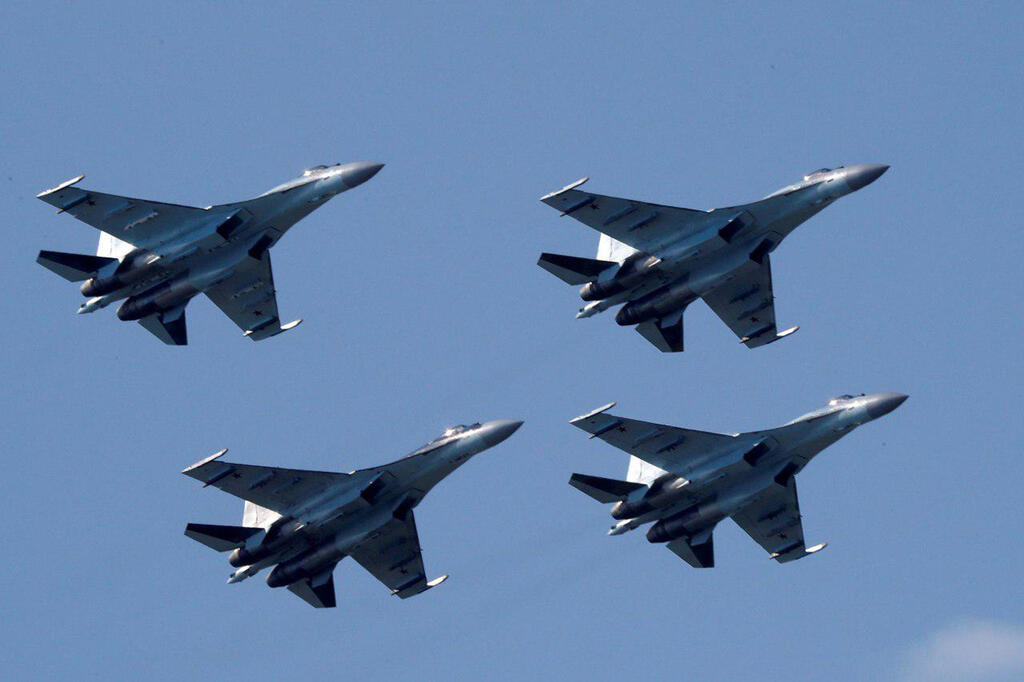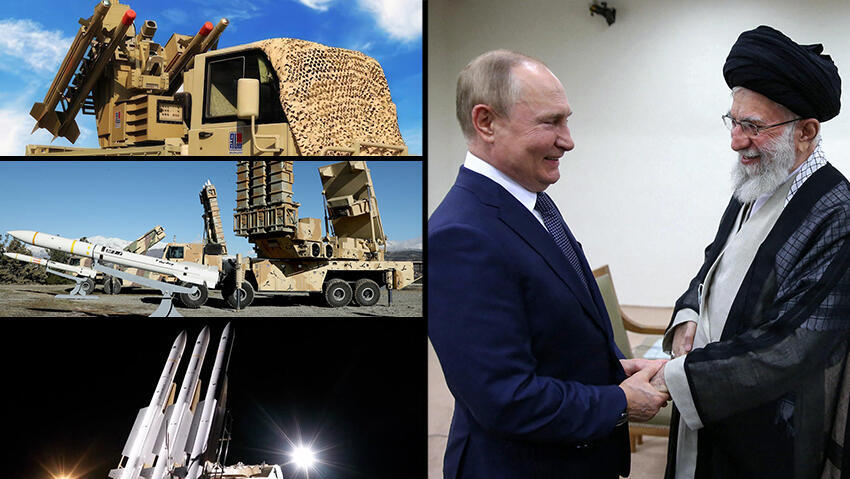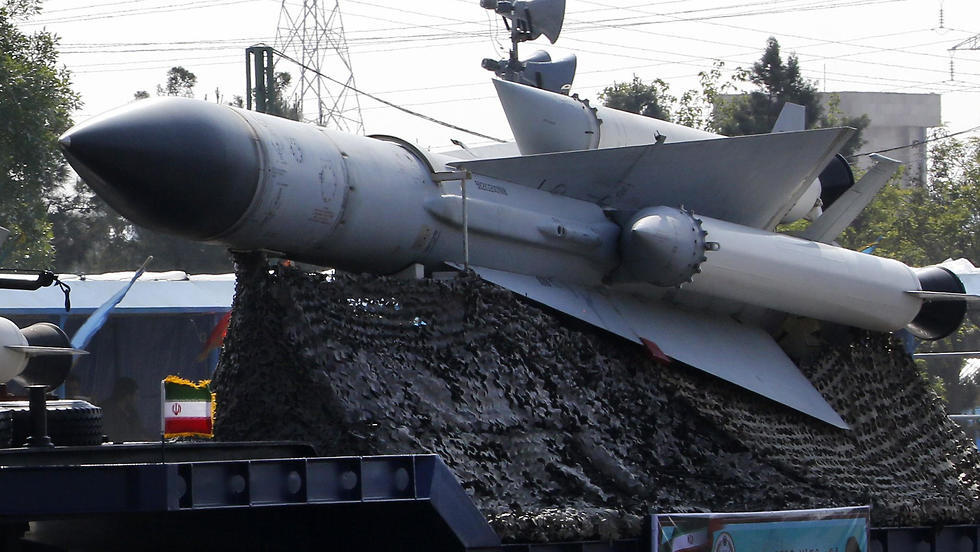Getting your Trinity Audio player ready...
Russia will supply Iran with fighter jets, amid "recent tensions," according to Iranian and Arab media reports. Qatari-owned Al-Arabi Al-Jadeed said Sukhoi Su-35 was due to arrive at the Shahid Shiroudi air force base in Isfahan, which had come under attack on Friday in a strike attributed to Israel.
Russia decided on the move after it had avoided responding to a two-year-old Iranian request. The media reports said that 12 Su-35 jets were to be delivered to Tehran, with the initial batch arriving this week. However, this has neither been confirmed nor denied by Russia's Defense Ministry or Iranian officials.
Before and after the Israeli attack on Isfahan
In related news, the New York Times received confirmation from both Iranian and Western sources that the attack on the Isfahan base damaged an S-300 air defense system. This system, manufactured by Russia, plays a crucial role in identifying and neutralizing air threats near the Natanz nuclear facility. Satellite imagery released yesterday, analyzed by Ron Ben Yishai, corroborates these findings, showing significant damage to a sophisticated radar component of the system at the "Shahid Shiroudi 8" Iranian Air Force base.
Concerns have been mounting in the U.S. since 2022 regarding the deepening security ties between Russia and Iran, particularly in light of the ongoing conflict in Ukraine. CIA Director William Burns has expressed apprehension about the implications of this alliance for U.S. allies in the Middle East, notably Israel. Speaking on PBS, Burns noted that this partnership includes Tehran's provision of kamikaze drones to the Russian military, with Moscow exploring ways to return the favor and bolster the Iranian regime.
The U.S. has raised alarms over the increasingly close ties between Iran and Russia, noting that this relationship has facilitated a significant influx of military expertise and weaponry into Tehran. There is a growing apprehension that Russia might provide Iran with sophisticated military hardware, such as helicopters and air defense systems. Moreover, Iranian pilots have been training in Russia to operate the advanced Su-35 fighter jets. Given the outdated nature of Iran's current combat aircraft fleet due to Western sanctions, these modern Russian jets could significantly enhance Iran's aerial capabilities.
This morning, Farhad Parchizadeh, a journalist for the opposition outlet "Iran International," shared footage on the social network X (previously known as Twitter) from the Shahid Shiroudi Air Force Base near Isfahan. This base was reportedly targeted in an Israeli attack. The before-and-after images, according to Parchizadeh, clearly depict the destruction of air defense systems. A senior American official disclosed to ABC just two days ago that the assault was executed by fighter jets, which likely targeted an air defense radar integral to the defenses of the Natanz nuclear site.
The Shahid Shiroudi Air Force Base, situated close to the city's international airport, includes potential targets such as bunkers, aircraft hangars, and air defense systems, which encompass both launchers and radars. This information comes from a report by the Alma Research Center. Additionally, the Isfahan region is home to other military installations, including an underground ballistic missile base to the northwest of the city.
The London-based Arabic newspaper "Al-Sharq Al-Awsat" describes the targeted airbase as a pivotal facility within the Iranian Air Force, hosting its most sophisticated fighter jets. The publication references a website linked to the Revolutionary Guards' intelligence services, which labels the base, known as Shahid Baba’i, as "the heart of the Iranian Air Force," incorporating 17 airbases. Additionally, an American website is quoted in the article, noting that the base accommodates three fighter squadrons and two training squadrons of the Iranian Air Force, equipped with F-7, F-14, and Su-24 aircraft.
Situated northeast of Isfahan, the base is approximately 20 kilometers from the nuclear research core and industrial zones tied to the Ministry of Defense, and the "Badr" drone base in southeast Isfahan. It also lies 75 miles from the Natanz uranium enrichment facility, 175 miles from the Arak heavy water facility, and about 155 miles from the Fordo facility, nestled beneath the mountains near Qom.
The New York Times reported that the recent attack, attributed to Israel and conducted on Thursday night, involved at least one missile launched from a fighter jet far beyond the borders of Iran or Israel, which was undetectable by the air defense systems of the Ayatollah's regime. The operation also included the use of drones launched from within Iran.








